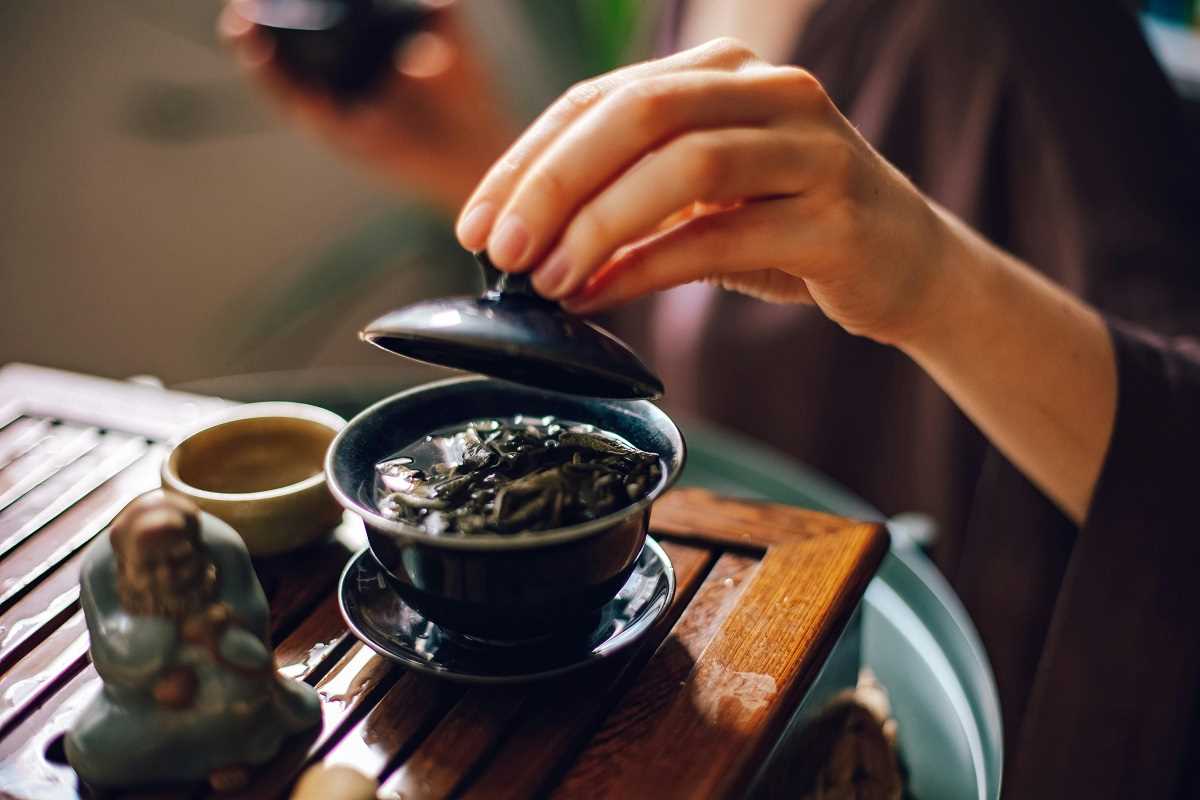The Japanese tea ceremony, known as chanoyu, represents a profound cultural practice that goes beyond the mere act of drinking tea. Rooted deeply in Japan's history and spiritual traditions, it embodies a harmonious blend of aesthetics, meditation, and social etiquette. This ceremonial practice invites participants to experience a moment of tranquility and connection, creating a unique environment where simplicity and grace prevail.
Beyond its aesthetic appeal, the tea ceremony serves as a medium for expressing respect, humility, and the appreciation of nature's fleeting beauty. Each gesture, from the precise movements of the host to the serene demeanor of the guests, is crafted to create a space where participants can engage in quiet reflection and meaningful interaction. The elegance of the tea ceremony lies in its ability to convey profound philosophical concepts through seemingly simple actions.
Historical Origins of the Japanese Tea Ceremony
The origins of the Japanese tea ceremony trace back to the 9th century when tea first arrived in Japan from China. Initially consumed for its medicinal properties, tea gradually integrated into Japanese culture, especially among the aristocracy and Buddhist monks. The practice evolved over centuries, influenced by various cultural and philosophical movements, particularly Zen Buddhism, which emphasized meditation and simplicity.
During the 16th century, the tea ceremony underwent significant transformation under the guidance of influential tea masters such as Sen no Rikyū. Rikyū's philosophy emphasized wabi-sabi, the appreciation of imperfection and transience, which became a cornerstone of the tea ceremony's aesthetic. His teachings promoted a minimalist approach, focusing on the essence of the experience rather than ornate displays. This period marked the establishment of the tea ceremony as a refined art form deeply embedded in Japanese society.
Philosophical and Spiritual Underpinnings
- Harmony (和, Wa): Achieving harmony between the host, guests, and the environment.
- Respect (敬, Kei): Demonstrating mutual respect through gestures and etiquette.
- Purity (清, Sei): Maintaining physical and spiritual cleanliness.
- Tranquility (寂, Jaku): Cultivating a peaceful and serene atmosphere.
The philosophical foundation of the Japanese tea ceremony is deeply influenced by Zen Buddhism, which advocates meditation and the pursuit of enlightenment through everyday activities. The concepts of harmony, respect, purity, and tranquility are integral to the ceremony, guiding participants towards inner peace and balanced interaction.
These philosophical principles are reflected in the ceremonial practices and serve as a pathway for personal growth and spiritual development. By adhering to these values, the tea ceremony becomes a form of meditative practice, allowing individuals to find solace and meaning in the simplicity of the ritual.
Rituals and Elements of the Ceremony
- Preparation of the Tea Room: The host cleanses the tea room meticulously, arranging utensils and decor to create a harmonious environment.
- Guest Reception: The host welcomes guests and seats them in a designated order, often following traditional seating arrangements.
- Purification: Both host and guests perform symbolic cleansing rituals, emphasizing the importance of purity.
- Serving the Tea: The host prepares and serves matcha tea with deliberate movements, ensuring each gesture is meaningful.
- Appreciation of Utensils: Guests admire the tea bowls and utensils, appreciating their craftsmanship and aesthetic value.
- Conclusion: The ceremony concludes with expressions of gratitude, reinforcing the bonds between participants.
Each step in the tea ceremony follows a careful choreography to embody the underlying philosophical principles. The meticulous preparation of the tea room sets the stage for a serene experience, while the purification rituals symbolize the cleansing of the mind and spirit. The act of serving and receiving tea promotes a sense of respect and humility, reinforcing the interconnectedness of all participants.
Appreciating utensils and the environment encourages mindfulness, allowing individuals to engage with the present moment fully. This structured yet fluid sequence of actions creates a harmonious balance between precision and spontaneity, capturing the essence of the tea ceremony's spiritual foundations.
The Role of Meditation
Meditation sits at the heart of the Japanese tea ceremony, guiding participants to remain fully present and aware throughout the ritual. Every movement, from the handling of the tea bowl to the sipping of the tea, occurs with intentionality and focus. This heightened state of awareness allows individuals to experience a deep connection with themselves and their surroundings.
The meditative aspect of the tea ceremony facilitates a sense of calm and clarity, providing a refuge from the distractions of daily life. By concentrating on the present moment, participants can achieve a state of mental stillness, encouraging personal reflection and spiritual insight.
Comparative Cultural Practices
While the Japanese tea ceremony stands out with its rituals and philosophical foundations, similar practices exist in various cultures around the world. For instance, the Chinese tea ceremony, emphasizing harmony and balance, shares several core principles with the Japanese tradition. Both ceremonies highlight the importance of tea as a medium for social interaction and spiritual contemplation.
In contrast, British afternoon tea focuses more on socializing and hospitality, often characterized by elaborate presentations of tea and accompanying delicacies. Moroccan tea rituals, on the other hand, emphasize generosity and community, with tea serving as a symbol of friendship and respect. These diverse practices illustrate how different cultures incorporate tea into their social and spiritual lives, each adding their unique flavor to the concept of spiritual foundations.






.jpg)
